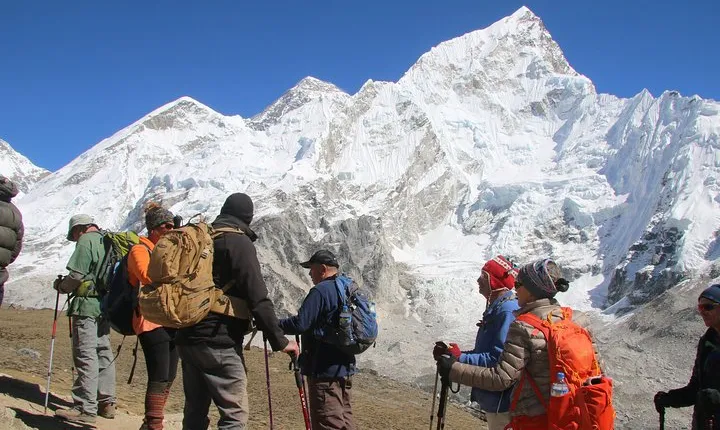Everest Base Camp Budget Trekking

Mt. Everest has been calling out to trekkers and climbers since it first appeared in telescopes of mountain surveyors, and the trails that climb through the foothills of the world's highest mountain still offer some of the most challenging trekking in Nepal. The district Solukhumbu have been extensively developed for trekking, with well-maintained trails and plentiful lodges. But The trekking route start higher and stay higher, touching the tops of some of the most famous mountain in the Himalaya.
Most trekkers fly into Lukla, climbing steeply through the mountains of Khumbu to Everest base camp or the sacred lakes at Gokyo. However, you will be better able to deal with the effect of the altitude if you walk in via the trails from Shivalaya (Near Jiri) or Tumlingtar (Near Hile). Because many treks climb above 4500 M, acute mountain sickness (AMS) is a serious risk in this region. It is essential to ascend slowly and take the recommended rest day.
Please select a date
Activity package
to get availability.
Facilities
 Free cancellation
Free cancellation Mobile voucher accepted
Mobile voucher accepted 14 days
14 days Available in English
Available in EnglishImportant information
Travelers should have at least a moderate level of physical fitness. Everest base camp is suitable for all kind of people who are moderately fit, not any previous adventures experience is required. Some physical fitness activities such as running, swimming and walking are also recommended before your Everest base camp trekking. Persons suffering from a Pre-existing medical flaws must seek medical advice before considering the trek.